Continuing on from Part 1, as is the tradition, where we looked at how they manage your expectations right up to learning how to play, now we are now going to look at how games manage expectations during gameplay. If you have not read Part 1 – head there now! Learning from Games: Managing Expectations – Part 1
Difficulty – Setting the Skill Expectations
Many games, before or during play, allow you to change the difficulty settings. I remember Doom doing this particularly well, using rather grim terminology to set the scene for what to expect! Where Doom chose negative language, making you feel like you are probably going to get destroyed in moments – Duke Nuk’em went for slightly more bravado filled options. “I’m too young to die” became “Piece of Cake” for instance!
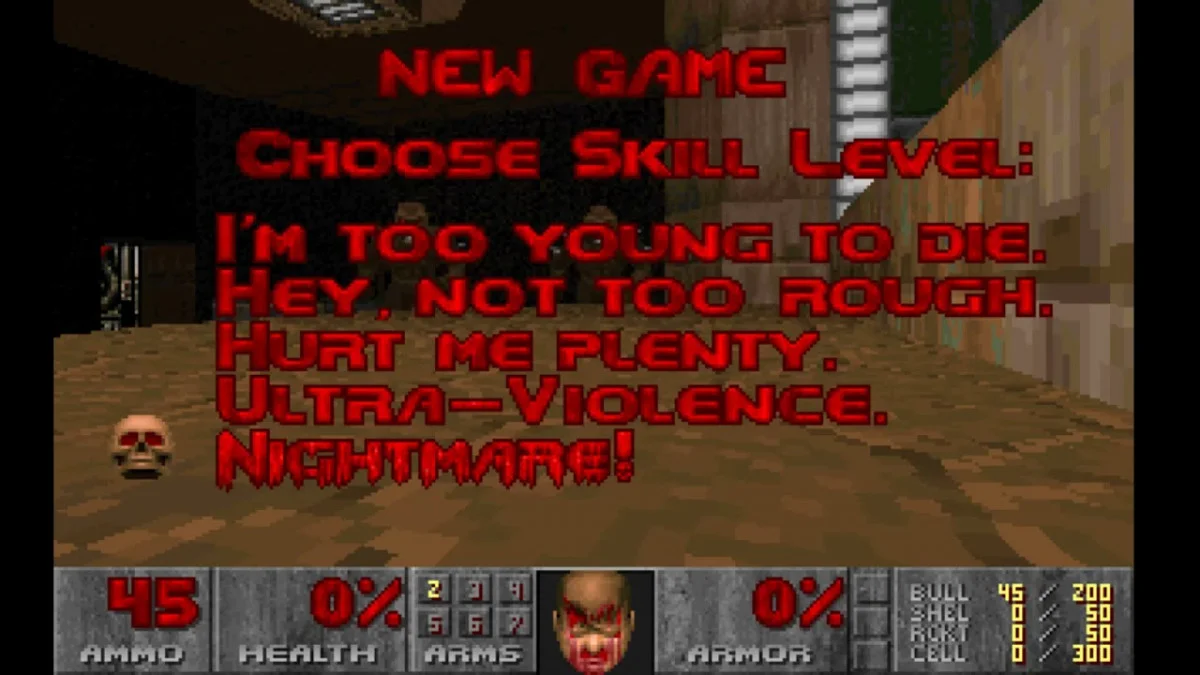

However you looked at it and whatever language was used, these types of difficulty select screens allowed you to select the level of skill that would be required and therefore your expectations of what might follow.
Not all games or puzzles allow you to select your skill levels upfront, instead to manage your expectations, they tell you before the challenge how hard it might be. Puzzle games often tell you if the puzzle is easy, medium or hard, for instance.

In this way there is no surprise when you enter the level, you know that it is going to be easy or hard right off the bat.
When considering gamification, it may not always be possible to set a skill level upfront, like the old Doom and Duke Nuk’em examples. However, depending on what the experience is, you may be able to label sections based on the expected skill needed to complete them.
In some cases, you may not need to do this at all. In many games we expect the challenge difficulty to increase as we complete more and more. So simply sticking to this rule, whilst keeping in mind The Engagement Channel, you may not need to be as explicit as this. This leads us rather neatly to our next topic…
Levels – Goal Setting
Most games don’t expect you to beat them in one long never-ending series of challenges. They split the game into levels or at the very least missions. I always use Mario style games as my example for this. You start the game and are shown a World Map. This lets you understand the scale of the task at hand. Then that is often broken down into some kind of smaller Regional Map, then broken down still into levels. You are told how many key levels there are per region and in turn how many there are to complete the whole world.

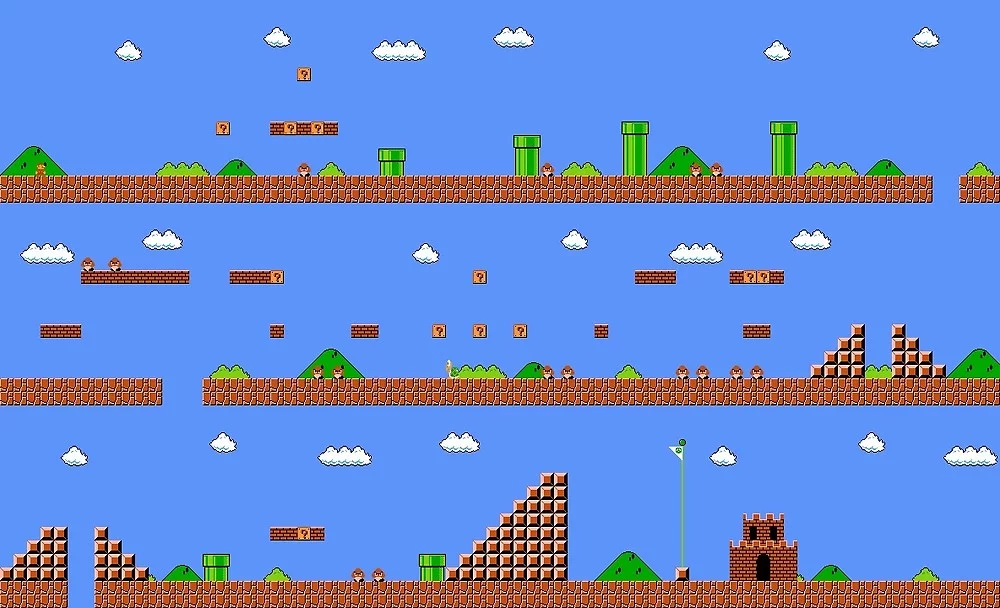
This serves multiple purposes. The first is setting the expectation for how many tasks there may be before completing the game, giving you an idea of the scale of the game at hand. The second is to help you with Goal Setting. In many ways, this is one of the most important lessons we get from games and a key to gamification that can easily be overlooked.
As humans, we are really bad at grasping the detail of a big picture. We see the overview, but we have to really focus to drill down the specific needs of each element of that picture. It can be extremely overwhelming. With goal setting, we look to break that big picture down into smaller elements that become much easier to manage and complete, building up to the big picture with each smaller task completed. In games, these smaller tasks are the levels or missions that build up to complete the game. I say missions as many open-world games, such as Grand Theft Auto or Red Dead Redemption don’t really work with classic levels, they have multiple missions that increase in difficulty over time, but are often played out of order.


In your experiences, make sure that you create achievable goals. There are many frameworks out there, I use S.M.A.R.T a lot or my own simplified Attainable and Maintainable goals. Whatever you use, break down the bigger picture for people and set their goals so that they can get a sense of achievement when completing whilst working towards their main aim.
This brings us neatly to…
Progress and Feedback
I have grouped these together and they do go hand in hand. Games provide constant feedback on every action you take, be it in the form of obvious messaging to more subtle animations and sounds. For instance, it is common for a first-person shooter to tell you when you have achieved some kind of kill streak, with messages on the screen and fanfares playing in the background. A more subtle form of feedback is when you shoot someone, the crosshair may momentarily turn to a small cross to let you know, or the controller might vibrate. And it isn’t just this immediate kind of feedback. You get mission debriefs, points, badges, rewards, loot crates etc etc etc.

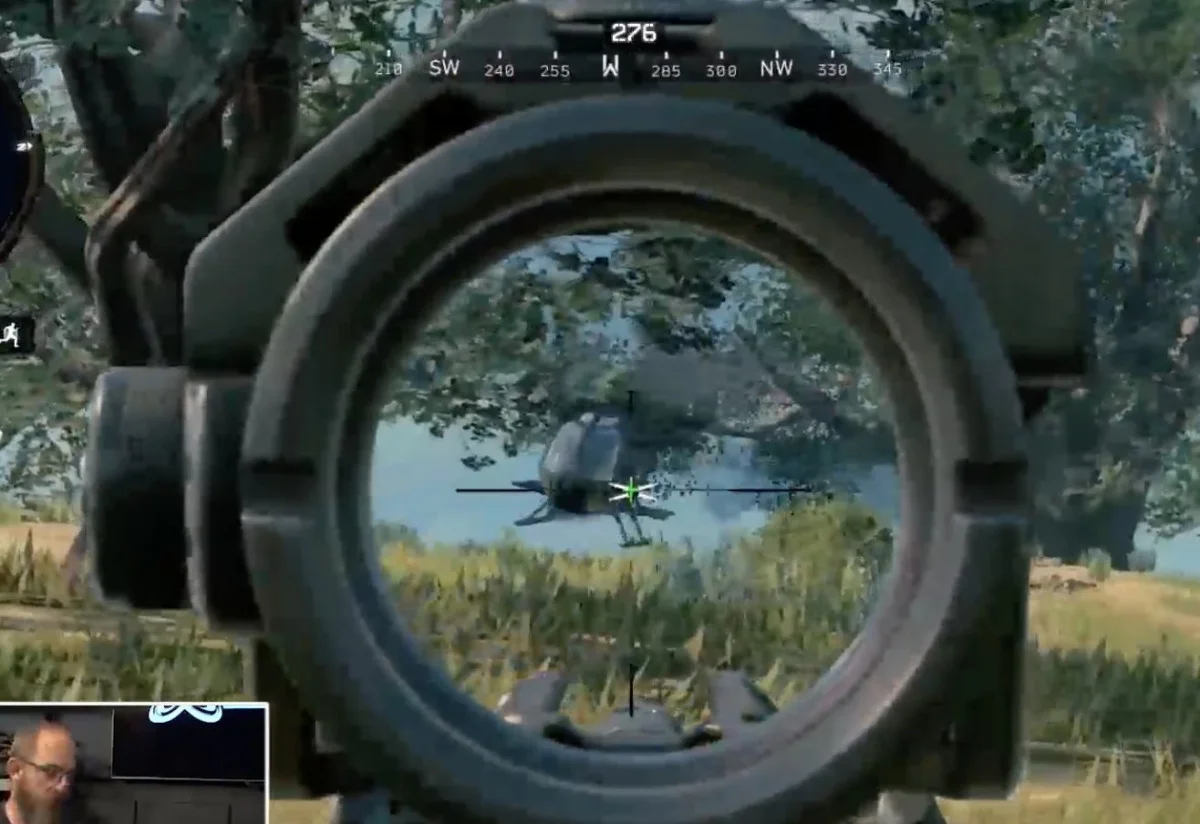
These help you know what is happening on the screen and are all types of feedback. As well as that, they are also, at times, indicators of progress. Levelling up, when you achieve a certain number of experience points is a good example, or earning a new weapon as a reward for some sort of in-game achievement.
To make these types of achievement style progress markers even more powerful, we need to let people know that they exist and how they can get them (except for ones you wish to be nice surprise).
Set expectations by creating some sort of list of upgrades, achievements, addons etc that can be earned and how they can be earned. On top of that, show the user how close they are to earning them and what they need to do to get them. So for example, if you need to get 200 points and currently have 20, show them a progress bar that goes from 0-200 and has their current and that they have 20 points so far.
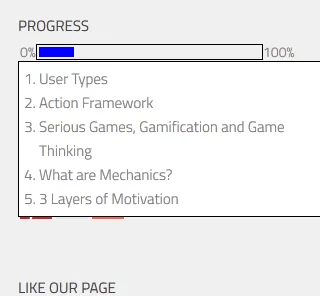

In this way, they always know what they are aiming for, with clear goals and progress information. This will stop them getting frustrated when they can’t unlock a new item – because it is clearly stated how they can and when they will be able to do it.
Make this true of all your experiences. If you have a reward system, make sure people know how they can achieve the rewards. Provide them with feedback and progress updates that let them know they are on the right track and can guide them back should they stray (Signposting if you will).
The End
There you have it, part two of managing expectations for players in games and beyond.
We have looked at a few simple concepts here that are incredibly powerful ways to keep users engaged in your system, reducing frustration and friction.
- Difficulty: Let them know what level of skill is expected of them, either by telling them or allowing them to set their own skill level.
- Levels and Goals: Break down their tasks into simple levels and goals, keeping them acheiveable.
- Progress and Feedback: Tell your users what is expected of them and how far they have left to go to acheive that expectation.
I hope you found these two articles helpful and if you like these slightly deeper looks let me know. Oh and if you are interested – I have a merch store again 😀



Similar Posts:
- Introduction to Gamification Part 5: Goals and Feedback
- Progress: My Desert Island Gamification Element
- Feedback and Drivers in Gamification


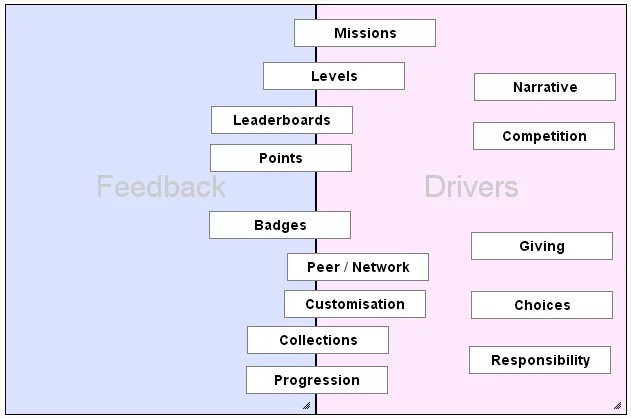
Also published on Medium.

